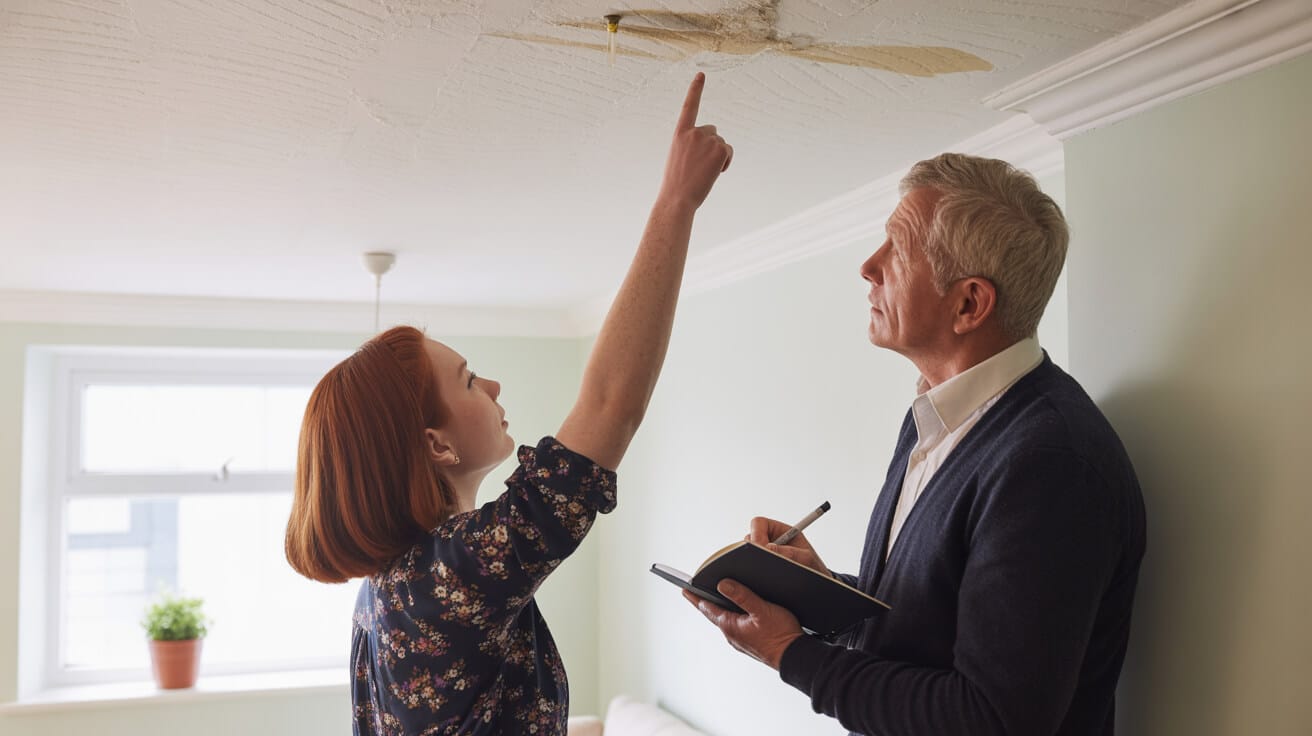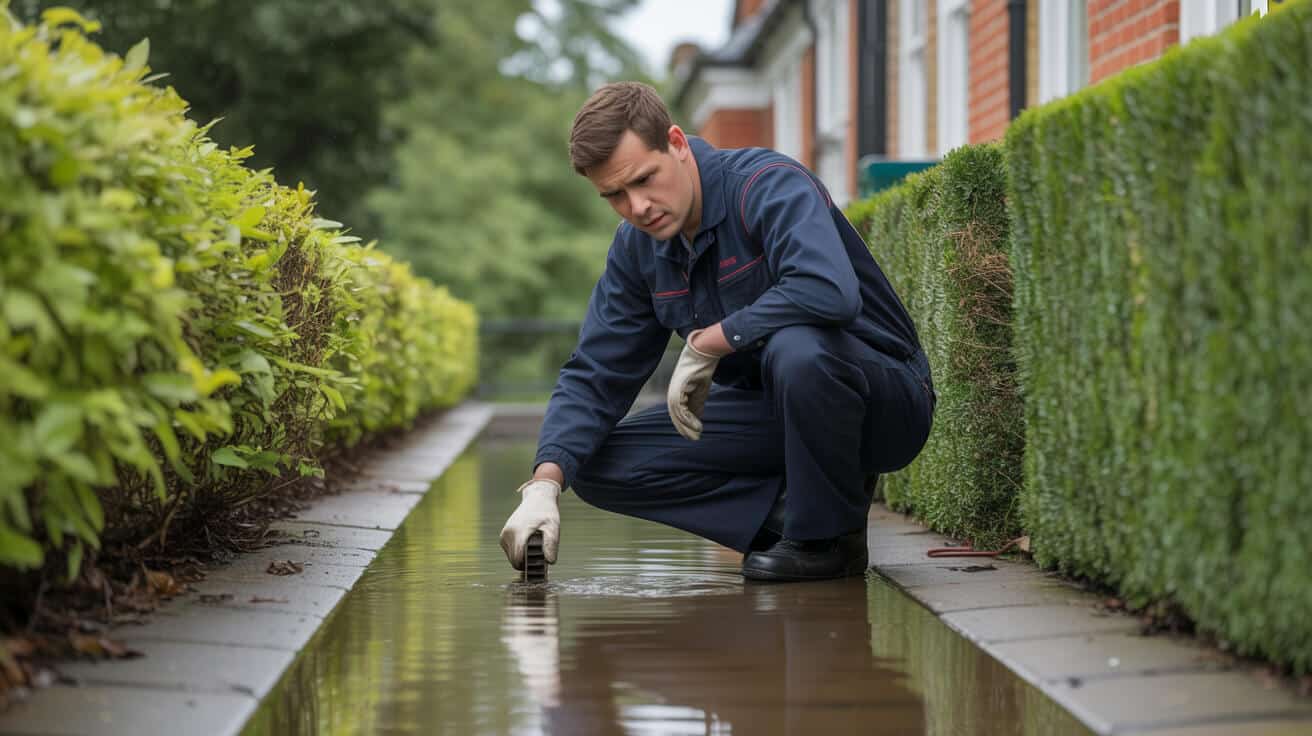 Period Property Plumbing Problems Common Issues & Fixes
Period Property Plumbing Problems Common Issues & Fixes

Why Do Period Properties Pose Plumbing Problems That Modern Homes Avoid?
Period properties have a distinct magnetism: thick stonework, ornate sashes, eccentric room shapes—details newer builds rarely muster. Yet beneath that character, owner after owner discovers something costlier: period homes are a living record of plumbing improvisation, material quirks, and maintenance blind spots that modern construction never tolerates. Victorian, Edwardian, and early-20th-century properties often feature a patchwork of upgrades, disused conduits, and sometimes century-old pipes, hidden deep within thick walls or serpentine voids.
What makes these buildings particularly unpredictable is the invisible: main supplies of lead or iron, partially upgraded with copper in the 1970s, joined with mixed fittings—and in some cases, fitted years before modern plumbing rules even existed. Every “period charm” feature, from traditional high-level cisterns to exposed copper, is a potential mask for fatigue, leaks, or outright breaches of water regulations.
The most beautiful homes often hide the oldest plumbing mistakes.
In contrast, modern homes are engineered for predictable flow. Their pipes run to standard diagrams, made from materials that resist corrosion and have a clear compliance paper trail. Period properties? They often lack mapped diagrams and contain “temporary” repairs that became permanent decades ago. The difference isn’t just maintenance hassle: it’s a risk to health, compliance, and even the long-term value of your asset.
If you own, manage, or are responsible for a historic property, understanding this legacy helps you preserve what’s special about the fabric while also avoiding the silent emergencies that hit hardest—unexpected leaks, non-compliant pipework, water discolouration, or sudden heating failure at the coldest time. That’s where specialist plumbing knowledge is invaluable.
What’s Hiding in Old Plumbing That Modern Homes Don’t Get?
- Legacy pipe materials: such as lead, steel, or early plastics exist unseen under floors or capped behind plaster.
- Poorly mapped systems: Multiple generations of upgrades mean schematic diagrams rarely exist for the full system.
- Improvised connections: Decades of repairs create weak points, especially at joins between different metals or between old and new fittings.
- Missing safety features: Backflow prevention, thermostatic blending valves, or expansion relief mechanisms—now standard—are often absent from pre-war installations.
- Hidden compliance risk: The law is stricter than ever. Renovations or upgrades in listed buildings can result in major headaches (and cost) if the right permissions or compliant products are not used.
Owning a period property is about balancing beauty and function. Without a clear grip on the risks below the surface, that charm can turn to chaos—fast.
Which Early Warning Signs Suggest Your Period Property’s Plumbing Is at Risk?
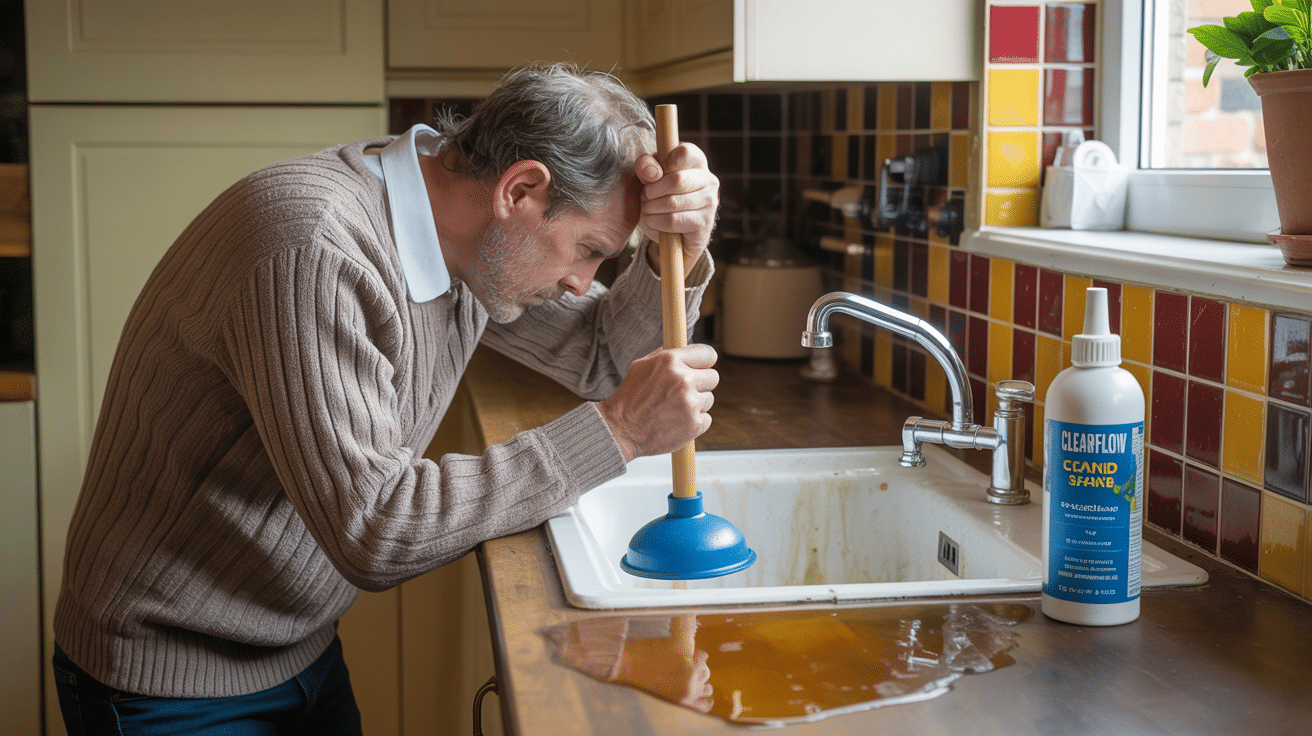
Problems in old homes nearly always start in whispers—a new patch of dampness behind the bath, discoloured water from a kitchen tap, slightly sluggish hot water, or an unexplained spike in the water bill. These are not “eccentricities”: they are your time-limited heads-up that urgent action is warranted to avoid shocks down the line.
Is Your Water Bill Creeping Up or Do You Notice Unexplained Damp?
When you haven’t changed your habits but the metre keeps racing, it’s time for detective work. Many period property pipe runs are hidden in places you can’t inspect visually—inside wall chases, below original floorboards, or behind panelling. Small leaks go unnoticed for weeks or months, leading to:
- New patches of flaky plaster, spoiling of paintwork, or softness forming in timber.
- Musty areas or the telltale scent of old water even in freshly cleaned rooms.
- Insulation or floors that feel faintly cool or moist in a strip along a specific wall.
Don’t leave these until water damage becomes uninsurable: early leak detection not only saves money, but often uncovers further “legacy” upgrades you never knew your property needed.
Every invisible leak writes itself into the future value of your building.
Is Your Water Quality or Flow Slipping?
Period systems often deliver subtle warnings via taste, colour, or aroma. If your sinks fill with brown, orange, or cloudy water, or you begin tasting metal, you may be dealing with:
- Embedded lead pipes introducing health risks—urgent to remove.
- Steel or galvanised pipes corroding from inside, narrowing until the supply trickles and rusty water becomes a daily nuisance.
- Failing solder or old valves leaching joining compound (occasionally lead-based in pre-1970s upgrades).
Erratic pressure or “banging” pipes often means blockages are forming (sludge, scale, or air), especially after system changes or long disuse.
Heating or Hot Water Issues Without Warning?
Because heating layouts in old homes were repeatedly modified—switching from gravity-fed tanks to sealed cylinders, or taking partial upgrades—temperature swings, dead radiators, or sudden “water hammer” noises are not harmless quirks. They are engineering clues:
- An old feed-and-expansion tank might be silted up or leaking behind lath-and-plaster, compromising circulation.
- Sludge or air traps create cold spots that one day stop rooms from heating at all.
- Sudden pressure drops can signal internal leaks or failing pump seals.
The key: these “little” irritations are time bombs. Acting at stage one costs much less than clearing up after a catastrophe.
Why Do Material Choices in Period Plumbing Systems Lead to Specific Risks?
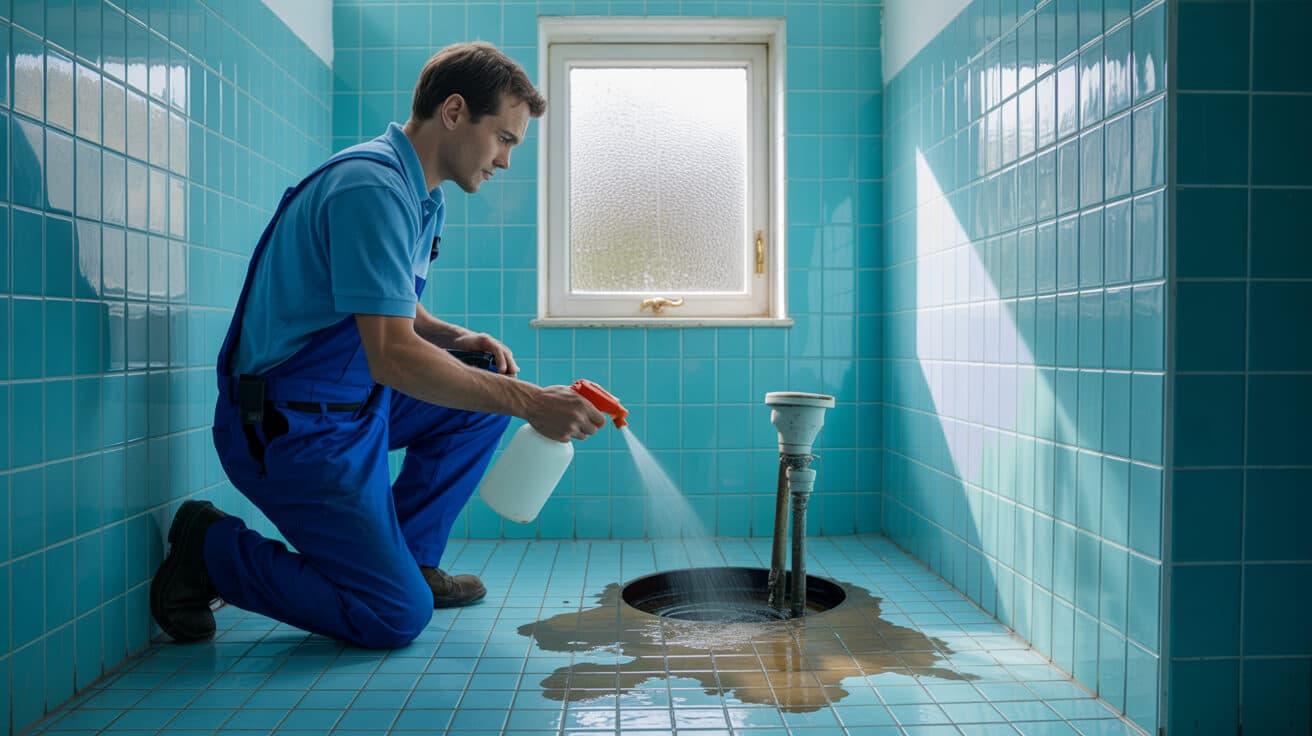
The storey of your period property is told through its pipework and fittings. Each age brought new materials—lead, iron, copper, and early plastics—layered over one another as standards and budgets allowed. That patchwork is beautiful when it’s working and a liability once corrosion, joint failure, or incompatibility with modern systems strikes.
Which Pipe Materials Cause the Worst Problems?
- Lead: —Common until the 1970s (and in some towns far later), lead main supply pipes present a well-evidenced health risk. Small fragments may leach into drinking water.
- Galvanised iron/steel: —These pipes were seen as robust pre-WW2, but inside they corrode steadily, becoming narrower every year and prone to unexpected leaks or brown water (especially after disturbance or pressure surges).
- Old copper: —Reliable when run in one piece, but pre-1970s forms often joined to steel or using lead solder. Dissimilar metals corrode faster, and old joints are unseen points of failure.
- Early plastic: —Used from the 1960s, black ABS and grey or blue polybutylene/copolymer are not compatible with modern push-fit or appliances. These pipes also degrade much faster than PEX or today’s barrier plastics, especially in hot runs.
Each join, every unlabelled pipe section, is a possible weak link—especially at transition points. Most pre-1990s remodelling left no updated diagrams, making tracing and mapping a specialist job.
What you inherit is often a lattice of different risk profiles, each with its own symptoms and repair needs.
Are Antique Fixtures Part of the Problem?
Enamelled iron baths, rare high-level pull-chain toilets, or decorative taps all look the part. But fittings of this vintage can be compliance risks if they:
- Lack anti-backflow measures or correct air gaps (now legally required).
- Use seals and washers well past their design lifespan—vulnerable to sudden or hidden leaks.
- Fail to meet modern pressure, temperature, or hygiene standards, especially in rented or commercial settings.
Where Do Old Pipe Runs Defy Today’s Building Rules?
Original work often ignored now-mandatory practices: pipes embedded in direct contact with timber (fire risk), cross-routing electrical with uninsulated plumbing, or running through inaccessible ceiling voids without shut-offs. Retrospective discovery of these non-compliant features can be expensive, especially in listed buildings—requiring both physical remedy and paperwork to document the update.
What Legal and Compliance Traps Await Period Property Owners and Managers?
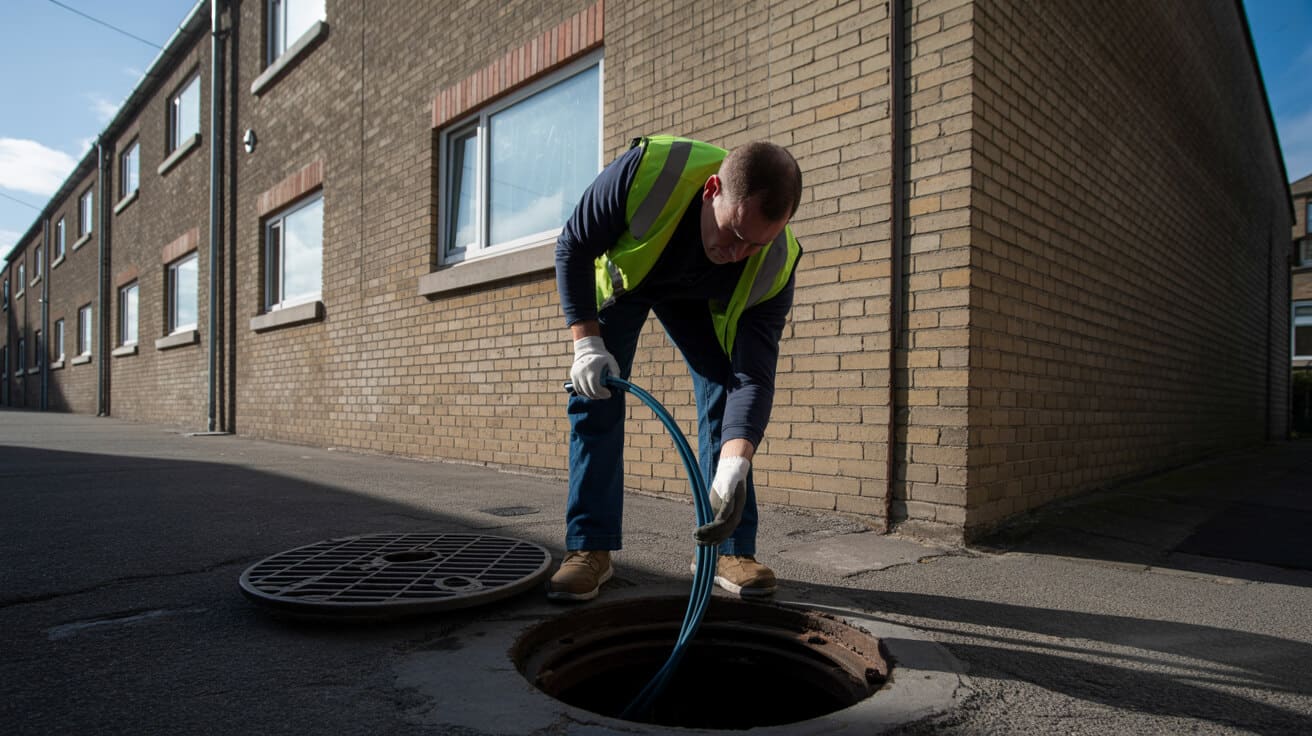
Historic homes are bound by every new water, heating, and appliance regulation that applies to contemporary builds—sometimes more so. For listed or conservation properties, law demands even closer scrutiny.
When, and For What, Is Consent Required?
You must apply for Listed Building Consent for any change impacting a protected external or internal feature—whether swapping a visible pipe, changing bathroom layouts, or running a new vent for a modern appliance. Failure to do so makes insurance claims difficult and may force costly restoration to undo “unauthorised” work.
Who Is Allowed to Upgrade or Repair Period Plumbing?
Only use proven, certified professionals:
- WRAS-accredited plumbers: Required for all works affecting the drinking supply.
- WaterSafe-registered trades: handle all sanitary, kitchen, and drainage upgrades.
- G3 (unvented) certified engineers: Any work involving pressurised hot water cylinders.
- Gas Safe: professionals: Legally required for all central heating, boiler, or gas appliance works.
Lack of compliance (e.g., no G3 certificate for a new unvented cylinder, or no Gas Safe for boiler work) is not just a technicality—it can void building insurance or mean refusal of mortgage, grant, or EPC certification.
How Are Certificate Needs and Financial Stakes Linked?
Legal letting or resale requires current Gas (CP12), G3 (unvented cylinder), and EPC certificates. For any grant-funded improvement (energy efficiency, green upgrades), you’ll need a full “paper chain” from the original works, dated photos, and sometimes utility readings—demonstrating ongoing compliance. A missing document can stall a sale, block a rental, or result in fines.
The period details buyers want can become a threat if your paperwork isn’t in order.
How Do the Best Engineers Upgrade Old Plumbing Without Ruining Period Character?
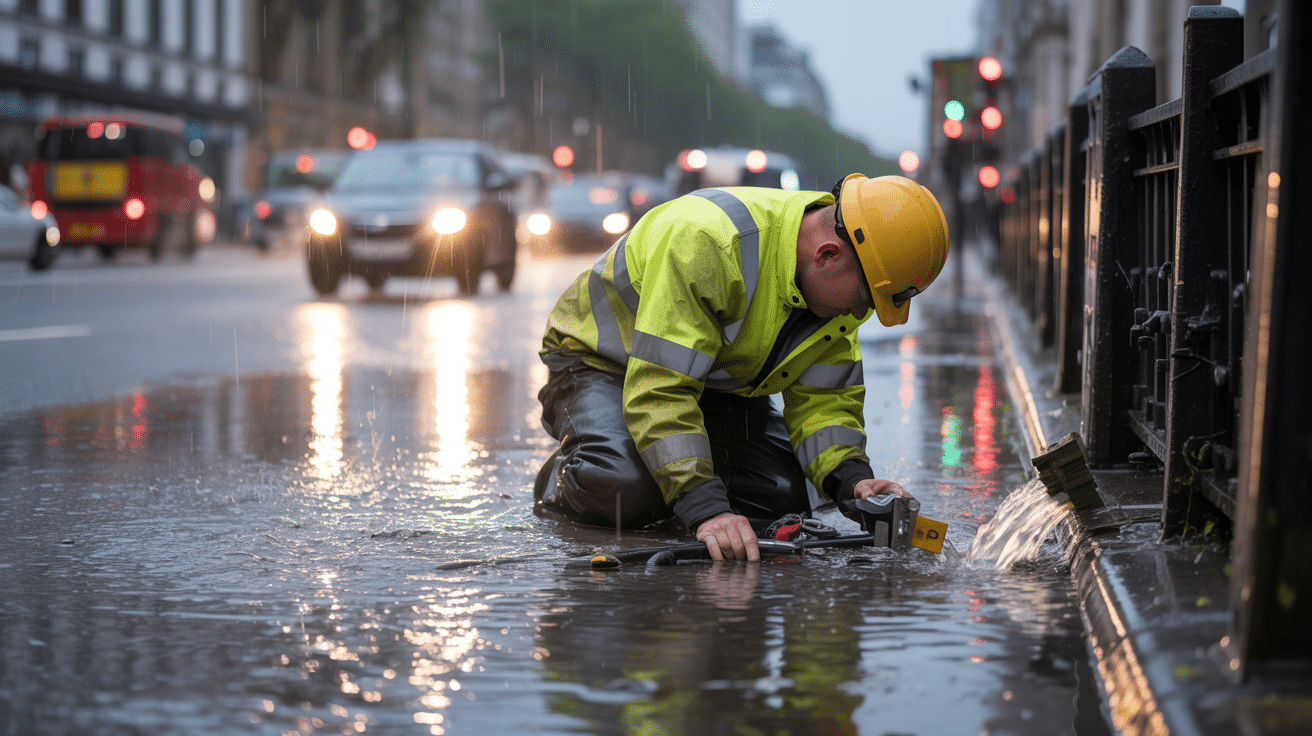
Respecting a building’s history while bringing it up to modern safety and performance requires a mix of technical fluency and sensitive design. Successful upgrades render new works nearly invisible, ensure compliance, and position your property to pass every inspection.
What Are Modern “Invisible” Retrofits?
- Discreet pipe routing: New copper or approved plastics run behind existing skirting, inside cabinets, or through wall gradients, preserving visible surfaces.
- Approved lining: In special cases, lining internal walls of lead or iron pipes (subject to WRAS sign-off) allows retention of historic fabric without health risk.
- WRAS-approved replacement fittings: Modern lever taps or cisterns now come in period-matched styles, merging function with visual fidelity.
- Smart shut-offs and pressure devices: Secondary isolation valves, quick-drain devices, and automatic leak detectors are added in accessible spots to limit emergency damage.
Experienced plumbers—particularly those attuned to conservation guidelines—document every step, prepare compliance packs with digital before-and-after records, and leave you with both the proof and confidence needed for future work, sales, or audits.
Can “Original” Features Stay?
Yes—if tested, inspected, and approved. Some period pipework, radiators, or brassware can be kept as decoration, provided they’re WRAS compliant, safe, and correctly isolated. The difference is always in the evidence: a professional advises what to retain and what to upgrade—always with the aim of balance between beauty and risk.
What Emergencies Must Owners, Landlords, and Agents Handle Without Delay?
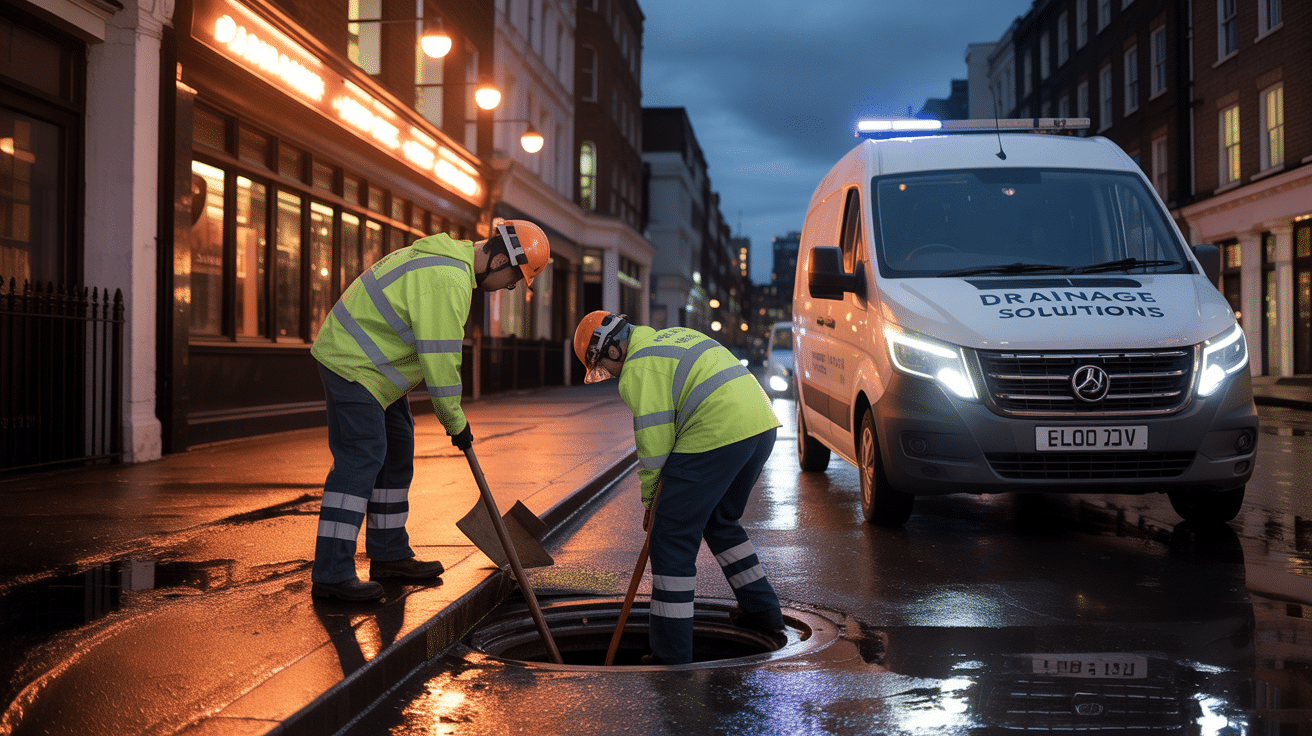
The main threat in old homes comes from speed: small defects escalate quickly, as hidden pipes, forgotten sealants, or ancient fittings fail out of sight.
When Is Immediate Call-In Non-Negotiable?
- Leaks or bursts you cannot directly access or contain: —especially with rising damp, swollen flooring, or patches near electrical wiring.
- Major bath or ceiling leaks: , often invisible until water breaches downstairs rooms. Old lath-and-plaster soaks up large volumes, leading to delayed but severe repair costs.
- Non-compliant workings in a listed or rental setting: Any change made without listed building or landlord consent is a liability. Insurance providers, tenants, or council inspectors can demand urgent reversal.
- Unvented cylinder misbehaviour: Noises, leaks from tundishes, or erratic temperature all require a G3-qualified specialist the same day, not “eventually”.
- Expired compliance documents: Letting with a lapsed CP12 or G3 invalidates legal status, risking fines or immediate tenancy enforcement.
Fast response can be the difference between a manageable repair and a years-long insurance saga.
Professional providers—like Plumbers 4U—build urgent routes specifically for period property emergencies, ensuring you’re never left navigating a crisis alone.
What Does Best-Practice Maintenance Look Like for Period Properties?
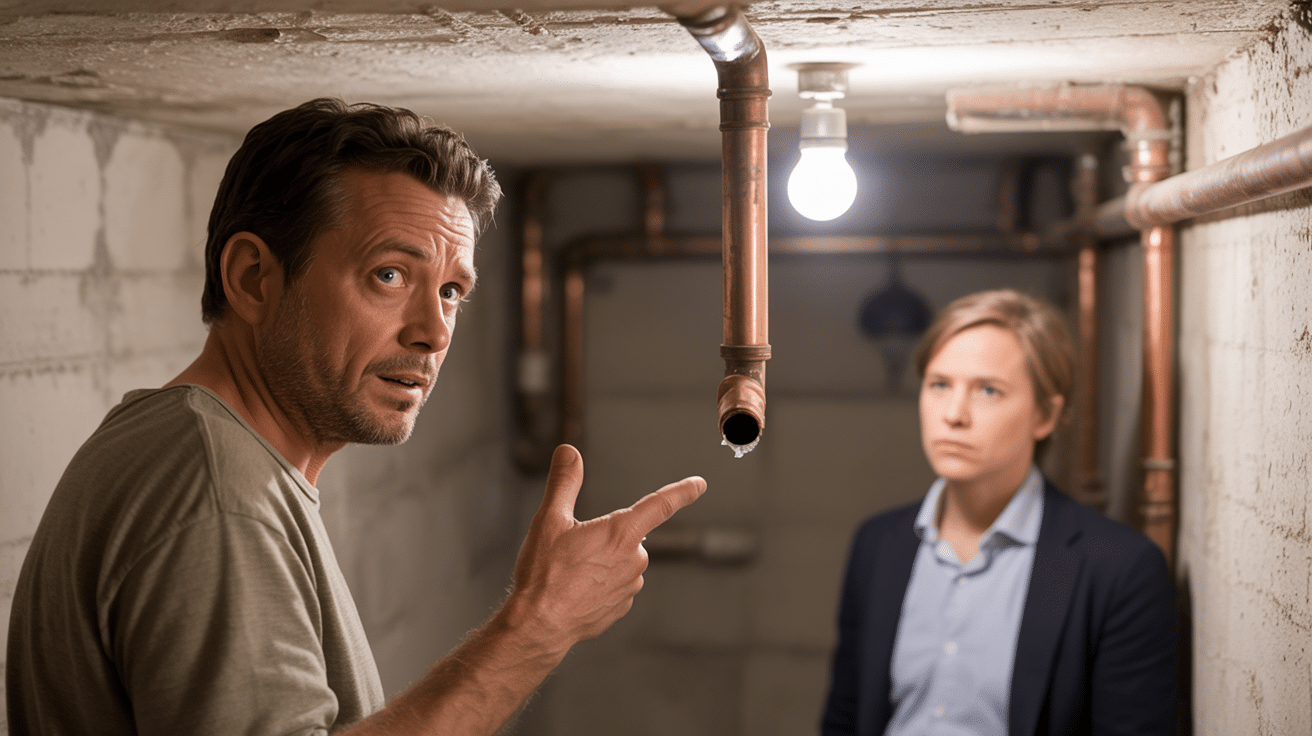
In heritage properties, ongoing care is not negotiable. Regular, proactive maintenance not only preserves function but maintains or raises property value—by showing future buyers, tenants, or insurers the building is protected, certified, and “ready.”
What Should Ongoing Maintenance Include?
- Annual compliance checks: WRAS/WaterSafe engineer visits are documented with pre- and post-inspection photos and comprehensive logs.
- Pressure/flow and leak testing: Detects hidden faults well before damage emerges.
- Certificate tracking: EPC, Gas Safe, G3 (for cylinders)—kept current and accessible for letting or selling.
- Tailored scheduling: Companies like Plumbers 4U automate reminders so certificates never elapse without notice.
- Responsive aftercare: All call-outs and repairs are logged to your asset file, not left to memory.
In the world of period homes, missing documentation is as damaging as a burst pipe.
Regular routines, explained in plain English, short-circuit the risk of panic, lost paperwork, or value loss when urgency arises.
How Do You Spot a True Specialist in Period Plumbing—Not Just Any Plumber?
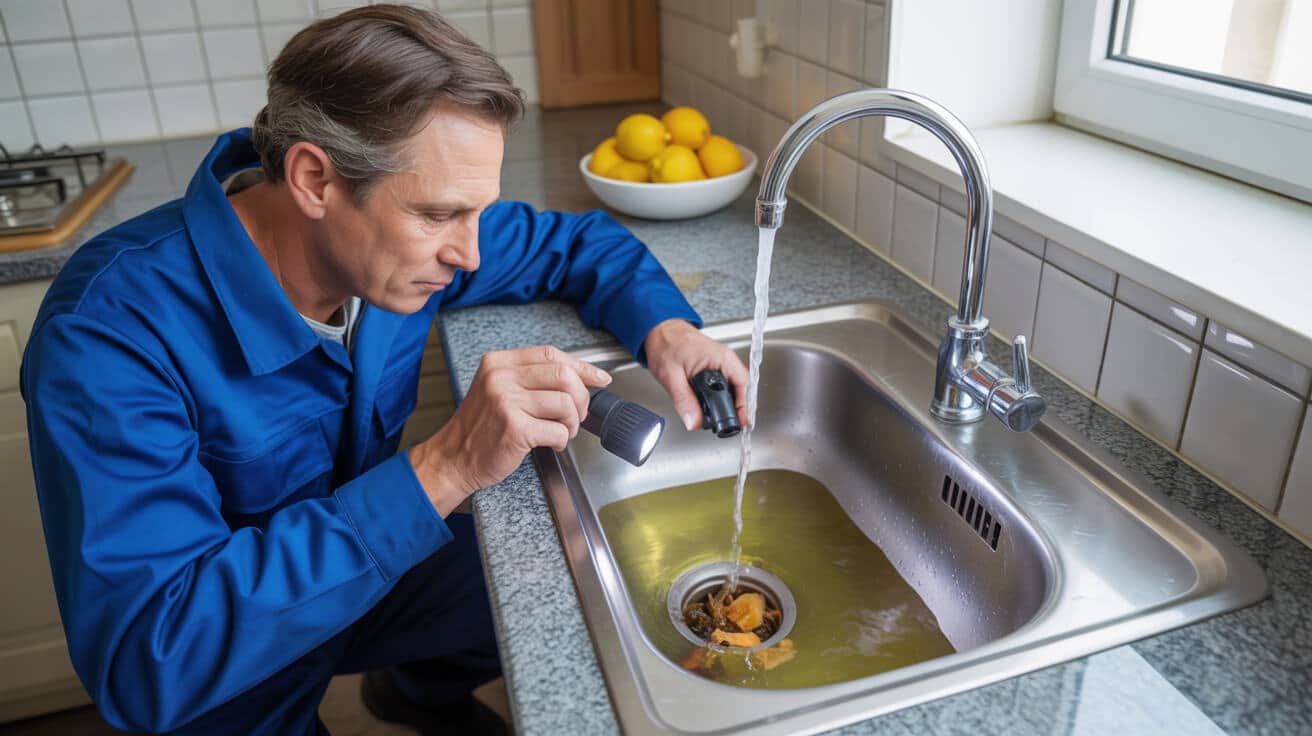
With the stakes so high, you need more than a “jack of all trades.” Credentials and process matter in period property plumbing—pick your partner the way you would a structural engineer or surveyor.
What Evidence Should You Ask For?
- WRAS Approval: for all works affecting the drinking supply.
- G3 certification: for high-pressure hot water cylinders.
- WaterSafe: accreditation for all sanitary/utility installations.
- Gas Safe: for all heating/boiler/gas appliance work.
Top-tier firms provide:
- Detailed itemised quotes: —no guesswork or lump sums.
- Before-and-after photo records: for your compliance files.
- Compliance packs: (certificates, logs, and handover guides) for insurance, letting, and future resale.
- Transparent callout and repair scheduling: —you know when work will be done and what guarantees are in place.
Which Questions Philtre True Pros From Pretenders?
- How will you ensure modern works are “invisible” next to period features?
- Can you explain which legal or grant incentives apply to this property?
- Will you provide fully documented handovers, including all certification?
- What’s your 24/7 emergency guarantee—and what does “call-out included” really mean?
- Are you proactive on compliance, or will I have to chase for proof?
If any answer is vague, or paperwork is slow, keep shopping. Your property’s future depends on detail, not generalities.
Why Book Period Property Plumbing Specialists With Plumbers 4U?
Your period property is a unique combination of legacy and liability. Protecting it requires deep technical expertise, careful documentation, and a genuine appreciation for what makes a building’s character worth saving.
Plumbers 4U lead the field in safeguarding historic and high-value homes, bringing:
- Full WRAS, WaterSafe, G3, and Gas Safe accreditation: as standard.
- Rapid response teams trained in period system diagnosis and emergency containment: —with no “one-size-fits-all” approach.
- Detailed mapping of visible and hidden system runs: —so future works never damage your historic design.
- Compliant, photo-documented project execution: that supports insurance, resale, or letting requisites without hassle.
- Straightforward, itemised quoting and transparent paperwork: —removing the usual worry about insurance, legal, or regulatory risk.
From first assessment to aftercare, you’re working with specialists who teach as they repair, and who build every upgrade to support your building’s next owners as much as yourself. Get in touch with Plumbers 4U today—to keep your property’s history working, and its future secure.
Frequently Asked Questions
What unique plumbing risks lurk in historic UK homes, and how do they threaten long-term value?
Beneath every beautifully restored period property, hidden plumbing risks quietly undermine modern comfort and future market appeal. Unmapped lead, iron, and early plastic pipes don’t just compromise water quality—they mask urgent safety gaps that easily pass routine visual inspection. The true cost emerges years later: unexpected leaks, buyer hold-backs, and “compliance gap” insurance refusals that can stall even a cash sale. In fact, heritage property surveyors now flag buried or patchwork plumbing as the top cause of failed contracts and last-minute price renegotiations—sometimes costing sellers tens of thousands in lost value or remedial works.
The threat isn’t what you see, but what you inherit from decades of quick fixes and forgotten upgrades.
Most legacy plumbing hides out of sight: cold mains running through wall voids, fragmented repairs spliced across eras, even original Victorian waste that collects bathwater below the boards. Chronic under-investment is endemic; you’ll rarely find full isolation, reliable venting, or compliant backflow protection unless a specialist has mapped and renewed entire runs. It’s these “silent risks”—not the cosmetic wear—that topple budgets and frustrate buyers, tenants, and compliance inspectors alike.
How do hidden legacy systems expose property owners and landlords today?
- Lead supply pipes: Still active in 1 of 12 pre-1970s homes, risking failed water authority tests and mortgage holdbacks.
- Cross-era repairs: Galvanic corrosion between old iron, copper, and plastic triggers leaks where they’re hardest to find.
- “Selective upgrades”: New fixtures or appliances stress weak links, leading to collapsed waste pipes or surging hot/cold pressure.
- Lack of zone isolation: Makes any modest leak an all-property shutdown, raising both repair costs and tenant inconvenience.
A WRAS or WaterSafe-registered survey is the only way to reveal the scope of hidden liabilities in period properties. For professional owners and risk-averse buyers, this level of diligence is as important as structural or gas safety checks.
How can you proactively diagnose invisible leaks and water damage before they become a crisis?
The earliest warning signs of chronic leaks in older homes are rarely dramatic; they play out in small, easy-to-dismiss signals—a slow-sinking pressure gauge, a faint mustiness, or slightly higher gas bills as damp walls leach heat. In settlements across the UK, more than half of major water loss events begin as “unseen” leaks beneath floors or behind walls, persisting undetected for months. Early diagnosis is about disciplined self-auditing, not waiting for a disaster.
Every faded skirting board or mysterious cold patch is your chance to catch a minor fix before it turns into a major emergency.
How can owners and managers spot the first hints of trouble?
- Check your water metre: With all appliances and taps off, any dial movement points to hidden system loss.
- Inspect for irregularities: Odd “popping” or “knocking” noises in pipes, especially at night, can signal trapped air caused by slow leaks or blockages.
- Surface clues: Look for subtle stains, discoloured paint, or warped skirting—these often pinpoint slow, persistent moisture seepage.
- Monitor hot water lag: If taps or showers suddenly take longer to deliver warmth, suspect a system leak or poor insulation.
- Watch your energy usage: Rising bills in older properties frequently link back to damp, undiagnosed plumbing faults increasing heat loss.
For heritage homes and managed portfolios, running quarterly checks and maintaining detailed records not only protects against surprise repair costs, but also boosts your negotiation strength with insurers and future buyers. When in doubt, schedule a WRAS-registered pressure and integrity test—they routinely surface invisible faults before major structural or compliance damage occurs.
What are the specific compliance requirements and permissions for upgrading heritage or listed plumbing?
Owners of listed and conservation-area properties often assume that strict planning rules block upgrades to old pipework; the reality is, health and legal codes now take precedence over heritage “as was.” The Water Supply (Water Fittings) Regulations 1999 and Building Regulations Part G mandate that all new or renewed supply lines must use WRAS-approved, lead-free, and non-corrosive materials—regardless of the original system’s age. These duties override aesthetic “like for like” repairs when health or safety is at risk.
When do you need permission, and when can you fast-track safety upgrades?
- Hidden pipe replacement: Swapping lead or iron inside wall/floor voids is almost always fast-tracked—no consent needed for health-driven changes where nothing is visually altered.
- Exposed or decorative plumbing: Changing exposed runs or period-correct fixtures still requires Listed Building or Conservation Area Consent. This is a chance to combine better safety with sympathetic design.
- Hot water system upgrades: Installing a G3-compliant unvented cylinder always requires certified notification—by law, only a qualified engineer can carry out or sign off these works.
- Swapping antique waste or drainage: Bringing waste up to modern venting, sizing, and backflow specs will earn council or environmental health support when documented properly.
Modern codes make health and safety paramount—so long as you document upgrades and avoid unnecessary aesthetic change, every authority is on your side.
Smart owners collect a full compliance folder before, during, and after any upgrade: WRAS and G3 certificates, high-res photos, work logs, and local authority or conservation sign-off. This is the gold standard for protecting value, legal standing, and grant eligibility.
Which modern solutions best futureproof period heating and hot water—without harming heritage features?
Retrofit innovations for period plumbing are designed to give you the performance of new-build engineering with none of the visual compromise. Leading interventions now focus on invisibility, compliance, and efficiency—delivering a stable environment that respects the look and feel of your property. The standout gains come from full renewal of “core” systems hidden behind the floors and panels—delivering silence, steady flow, and long-term safety.
What are the smart, non-invasive upgrades for period systems?
- thermostatic radiator valves (TRVs): Offer independent climate control per room—perfect for draughty, high-ceiling homes.
- Insulated PEX or copper pipe reruns: Concealed under floors and skirting for silent, energy-efficient delivery.
- Power flushing and water treatment: Eradicates decades of system sludge, converting cold patches and noisy radiators into reliable, compliment-worthy amenities.
- Smart tech for heritage: Wireless controls and zoning kits now fit seamlessly without chasing cables, preserving period architecture.
- System balancing and zoning: For larger or multi-occupancy buildings, smart zoning brings both comfort and regulatory headroom (particularly meeting modern MEES energy efficiency rules).
All interventions should be handled by specialists with heritage and compliance credentials—those who can guarantee invisible repairs, respect historic ventilations and finishes, and provide the bulletproof paperwork required for insurance and future-proof resale.
What systemic flaws in legacy plumbing create an endless cycle of faults, and how can you break free?
The cascade of recurring faults in old pipework is rarely due to one bad repair; it’s the legacy of generations’ worth of patchwork and short-term fixes. Each time a copper section meets iron or steel, galvanic corrosion quietly eats away at the joint. Plastic adapters wedged into mis-sized Victorian waste runs create weakness, not stability. These weak points invite hidden leaks and, eventually, dramatic failures that drive up repair and insurance costs.
UK survey data shows that heritage homes with “mixed legacy” pipework are up to 1.8× more likely to require major plumbing interventions within a decade. Insurance underwriters increasingly penalise unmapped or piecemeal systems with higher excesses and cover limits.
How do you spot and resolve these grip points before they spiral?
- Audit every run for “non-original” repairs, mixed materials, or undocumented joints (look behind boxing, inside airing cupboards).
- Require zone isolation on any new section—so one leak won’t shut the property.
- Map and photograph every fix or addition; undocumented pipes shaped by guesswork only increase future costs and compliance headaches.
- Only accept WRAS-approved components in repairs and upgrades. Foreign or non-standard parts are a future insurance minefield.
- Seek universal system mapping—having a distribution plan for isolation, pressure zones, and key risk nodes pays back at sale or tenant changeover.
Breaking the cycle means refusing the traditional “patch and hope” approach. Instead, invest in comprehensive upgrades, robust documentation, and future-centric warranties that can travel with the property for the next generation of custodians.
Which certification pack and aftercare truly safeguards value when upgrading a period plumbing system?
Genuine protection for your investment in heritage plumbing starts at handover. A precise, documented pack—combining compliance, performance validation, and scheduled aftercare—is now the benchmark expected by buyers, tenants, lenders, and grant programmes alike. It’s also the playbook for bulletproofing resale price and legal defensibility.
What must your aftercare and certification pack contain to satisfy insurers, authorities, and future buyers?
- WRAS approval letter for all potable supply system changes.
- G3 compliance certificate for unvented cylinder or pressurised system work.
- Itemised asset map, including dated photos of every accessed, swapped, or upgraded area.
- WaterSafe installer logbook and insurance policy—both as ongoing validation and as evidence for transfer at sale.
- Full invoice and warranty bundle, plus a digital maintenance calendar for annual safety and system checks.
A compliant handover isn’t just about ticking boxes—it’s your best protection against denial of insurance, rejected sales, or future regulatory headaches.
Plumbers 4U rigorously provides this documentation with every system overhaul, from photo-mapped before-and-after logs to digital reminders for annual compliance service. You’re not only investing in smoother day-to-day operation, but giving future owners or tenants the peace of mind that every detail, from basement mains to attic vent pipes, is vetted, mapped, and ready for a twenty-first-century life.

